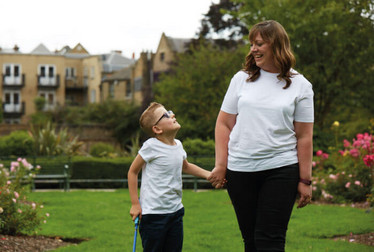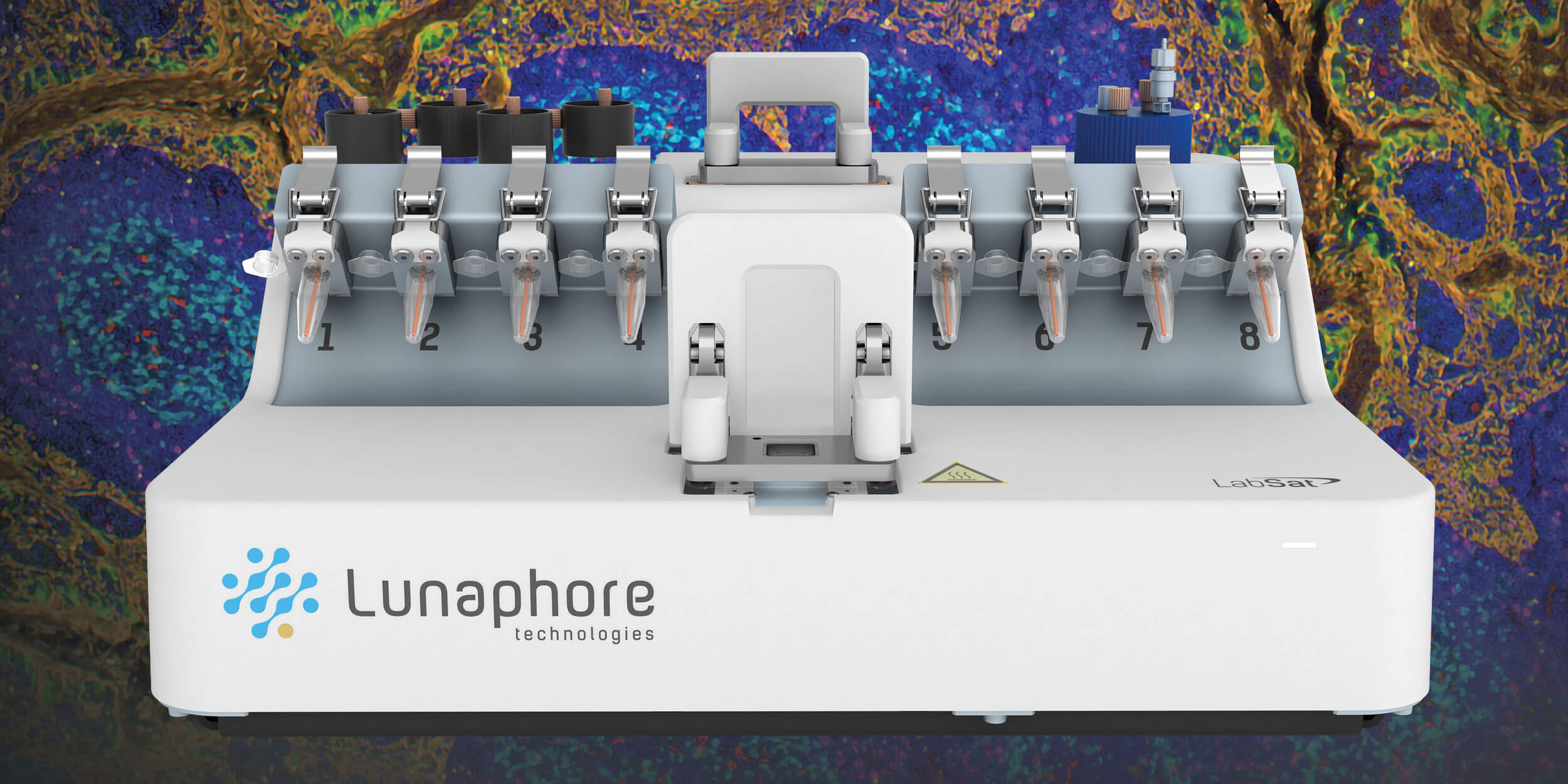A Fighting Chance
A new technique shows promising results for patients with sight loss from Leber congenital amaurosis
At a Glance
- New research, the early stage of which was funded by Fight for Sight, shows positive results in protecting sight for patients with a type of LCA
- The new therapy uses antisense oligonucleotides to repair genetic faults of LCA type 10, targeting a defect in the CEP290 gene
- Mike Cheetham from the UCL Institute of Ophthalmology led initial research published in 2016, developing retinal organoids using cells derived from LCA10 patients
- A clinical trial, involving five research organizations around the world, showed improvement in patients’ visual acuity.
At the beginning of this year, I was delighted to see research from a clinical trial published in Nature Medicine (1) that showed promising results in preventing sight loss – or even restoring sight – for patients with a type of Leber congenital amaurosis (LCA). I’m proud that Fight for Sight funded the early stage research that helped enable this finding, which is what our charity is all about.
LCA is a disease of childhood and represents a group of rare inherited disorders that progressively affect the photoreceptors of the retina. People with LCA have severe sight loss at an early age, and it affects around two or three people in every 100,000.
Several different types of LCA have been identified to date – driven by mutations in genes that have been shown to be crucial for normal visual function, including RPE65 (LCA type 2) and CEP290 (LCA type10). Mutations in these genes can result in loss of an essential protein leading to visual impairment. Recently, the first viral gene therapy was approved for LCA type 2; it can improve patient vision in dim light, but there are no therapies for the other more common forms of LCA. And that’s why it is so important that we fund research in this area.
This new gene-directed therapy involves using antisense oligonucleotides (short, synthetic, single-stranded DNA) to repair the genetic faults. The oligonucleotides that have been developed in this instance are specifically for LCA type 10, targeting the most common defect in a gene called CEP290. The oligonucleotide binds the RNA and blocks the effect of the fault, thereby allowing a normal protein to be produced to restore cell function. Much has already been written about using viral gene therapy to treat eye conditions, but this technology has the potential to provide an alternative technique that could transform the lives of some patients.
At Fight for Sight we funded initial research that was published in 2016 in Cell Stem Cell (2). The research was led by Mike Cheetham from the UCL Institute of Ophthalmology. By using cells derived from patients with LCA10 he developed a model of retinal organoids, or “mini retinas,” which he grew in the lab to show that this oligonucleotide approach could efficiently target the mutation and restore function in photoreceptors.
Following this proof of concept, Cheetham worked with the Dutch Biotech company ProQR to test potential drug candidates on human photoreceptors in these retinal organoids – research that was recently published in Molecular Therapy Nucleic Acids (3). This work was essential because this therapy is specific to the human DNA sequence, and animal models do not recreate the disease.
These mini-retinas could also be used to examine dosing and other potential effects, and have several advantages for studying pathogenic mutations over animal models. The output of this research better informed the subsequent clinical trial, to show potential doses and dosing frequency.

Based on this work, ProQR sponsored a clinical trial involving ten patients in three clinical centers in the USA and Europe. The study involved five research organizations around the world, including the UCL Institute of Ophthalmology. The patients received injections in the vitreous of their most affected eye, so that the treatment could diffuse to the retinal photoreceptor cells.
The treated eye was compared with the untreated eye. The initial results were so encouraging that an interim report has just been published in Nature Medicine (1), reporting eight patients assessed at least three months after their first injection. The trial found that the product was safe, with no major adverse reactions. Importantly, the treated eyes showed significant improvements in light sensitivity and visual acuity that were not observed in the untreated eyes.
After three months, five out of the eight patients showed improvement in visual acuity over 0.3 log10MAR, which is thought to be clinically meaningful. One patient responded exceptionally well, and reported improvement in the treated eye after six weeks. This patient self-reported that, for the first time in decades, lights were seen with increasing clarity and brightness, but only in the treated eye.
After two months, the patient could read the first three lines of the standard ETDRS chart from a distance of one metre with the treated eye, but could not distinguish any letters with the untreated eye. Over the following months, he continued to improve.
This was a combined phase one and two trial, which largely focused on safety, tolerability, and efficacy of the technique. The next stage will be to test the approach more widely in further trials before leading, we hope, to a therapy that could be available for patients with this condition.
The ultimate goal is not only the development of a treatment for people with LCA type 10, but also a therapeutic approach that could be applied to many other conditions including Stargardt disease, Usher syndrome and Fuchs endothelial corneal dystrophy. Ultimately, there are also possibilities for conditions outside the eye.
An antisense therapy is already approved for spinal muscular atrophy, and there is hope for other conditions like Huntington’s disease or dystrophic epidermolysis bullosa; basically, any condition where there is an appropriate genetic fault that can be rectified. These approaches, however, need dedicated research because each therapy is unique to the condition.
This is an exciting time for eye research. Many of these pioneering therapies are being trialled in the eye because it is contained and separate from the rest of the body – ideal. The developments we see over the next decade will be even more extraordinary than the previous ones. The fact that we are on the cusp of such breakthroughs means that, now more than ever, is the time to invest into vital eye research that will lead to the next big discovery.
- AV Cideciyan et al., “Effect of an intravitreal antisense oligonucleotide on vision in Leber confenital amaurosis due to a photoreceptor cilium defect”, Nat Med, 25, 225-228 (2019). PMID: 30559420.
- DA Parfitt et al., “Identification and correction of mechanisms underlying inherited blindness in human iPSC-derived optic cups”, Cell Stem Cell, 18, 769-781 (2016). PMID: 27151457.
- K Dulla et al., “Splice-modulating oligonucleotide QR-110 restores CEP290 mRNA and function in human c.2991+1655A>G LCA10 models”, Mol Ther Nucleic Acids, 12, 730-740 (2018). PMID: 30114557.
Director of Research, Policy and Innovation at Fight for Sight, UK















